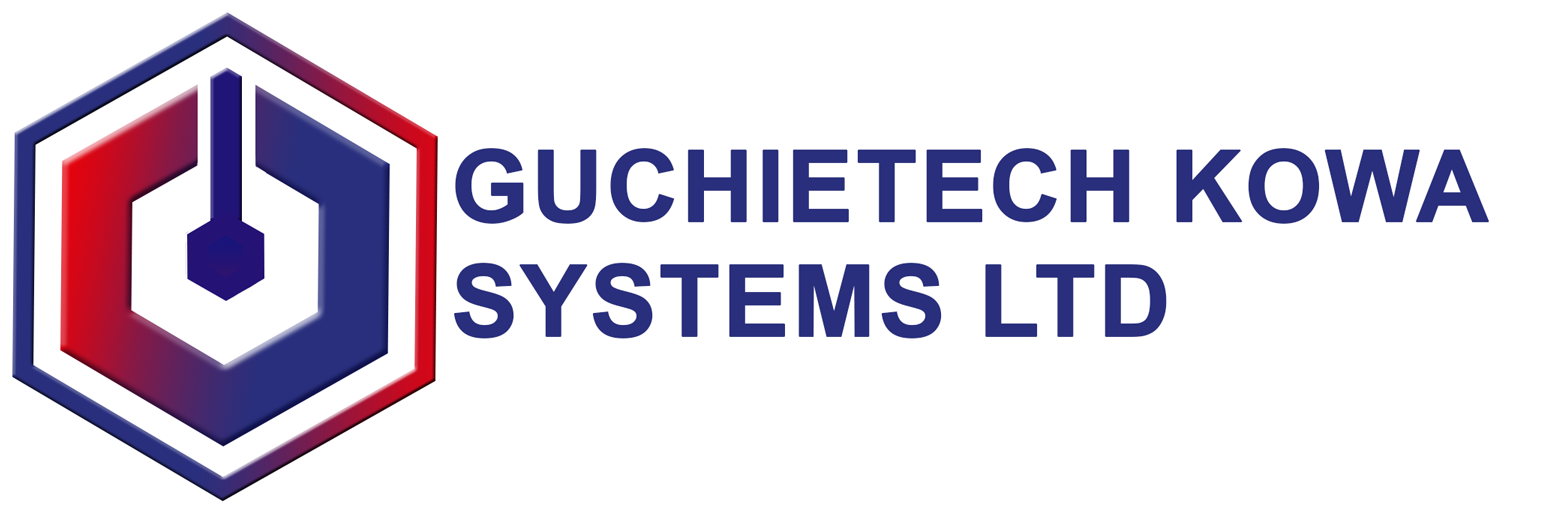Microloans Unleashing Economic Potential: Lessons from Kenya and the Technological Gateway for Uganda
Microloans, a financial phenomenon that has transformed lives and empowered small-scale entrepreneurs, have made a significant impact in Kenya, serving as a beacon of hope for those seeking financial inclusion. As we explore the success story in Kenya, it becomes evident that similar strides can be made in Uganda, particularly through the infusion of technology into microfinance initiatives.
The Kenyan Microloan Landscape: A Catalyst for Economic Growth
In Kenya, microloans have played a pivotal role in fostering entrepreneurship and lifting individuals out of poverty. Institutions like the Kenya Women Microfinance Bank and Equity Bank have been instrumental in providing financial lifelines to small businesses and individuals in need. These microloans, often of modest amounts, serve as catalysts for business growth, education, and healthcare, unlocking a cycle of economic development.
One of the key advantages of microloans is their accessibility. They reach individuals who may not qualify for traditional bank loans, opening doors for marginalized communities and women entrepreneurs. The success of Kenya’s microloan sector underscores the potential for similar positive outcomes in neighboring Uganda.
Embracing Microloans in Uganda: The Tech-Driven Approach
To replicate and enhance the impact witnessed in Kenya, Uganda can leverage technology as a powerful enabler of microfinance. The advent of mobile banking and digital financial services presents a unique opportunity to streamline and expand microloan accessibility.
- Mobile Money Platforms: Uganda, with its widespread mobile phone usage, can harness the power of mobile money platforms to facilitate microloan disbursement and repayments. This not only eliminates the need for a physical presence but also enhances the speed and efficiency of transactions.
- Data Analytics for Informed Decision-Making: Technology allows for the collection and analysis of data, providing valuable insights into the creditworthiness of individuals and businesses. This data-driven approach can optimize lending processes, reduce risks, and ensure that microloans are allocated to those who can benefit the most.
- Digital Training and Financial Literacy: Technology can be a game-changer in providing digital training and financial literacy programs to microloan recipients. This empowers borrowers with the knowledge and skills needed to manage their finances effectively and make informed business decisions.
Challenges and Solutions: Navigating the Path Forward
While the potential for microloans in Uganda is immense, there are challenges to address. These include issues related to infrastructure, digital literacy, and regulatory frameworks. Collaborative efforts between financial institutions, government bodies, and technology providers can overcome these hurdles.
In conclusion, the impact of microloans in Kenya serves as a compelling case study for Uganda to embrace and enhance its microfinance sector. By leveraging technology, Uganda can not only replicate but surpass the successes witnessed in Kenya, unlocking the full economic potential of its people and fostering a future of financial inclusion and prosperity.
